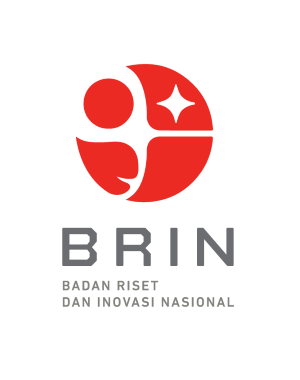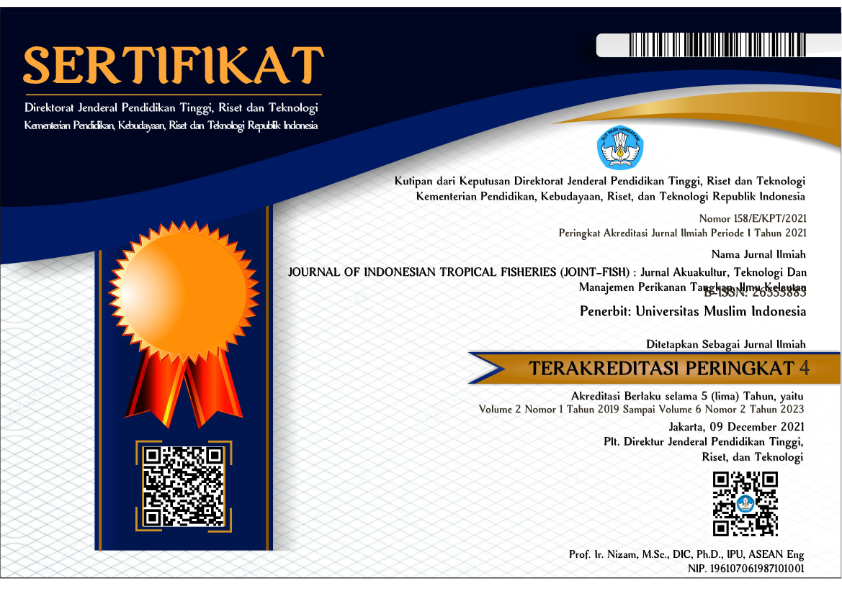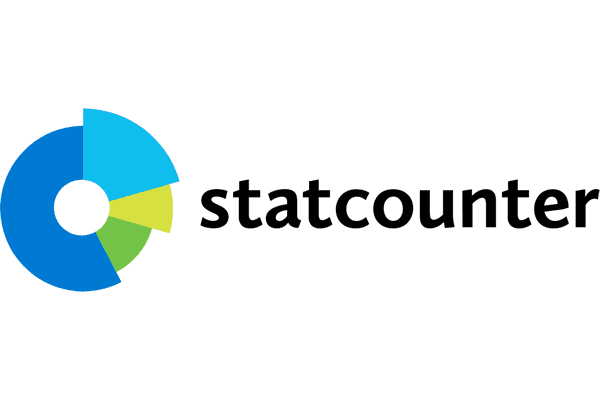PEMETAAN POLA SEBARAN SAMPAH BERDASARKAN JENIS DI WILAYAH PESISIR PANTAI KURI KABUPATEN MAROS SULAWESI SELATAN
Abstract
Mapping Pattern of Garbage Distribution by Type on the Kuri Coastal Coast of Maros Regency. This study aimed to identify and map the pattern of waste distribution based on the type and size of the Kuri coast and formulate a strategy for managing the distribution of waste patterns on the Kuri coast. The method used in this study is a questionnaire distribution method (questionnaire) carried out by way of giving questionnaires to the respondents, identification of waste, mapping using GPS and SWOT analysis to determine the direction of the strategy. The most dominant type of waste in each location was soft plastic waste with a percentage of 40.51% and based on a map of the distribution of marine garbage collection points in 2019 in the Kuri Caddi Hamlet, it is known that almost all over the coast bordering the sea contributes to the pollution of marine trash, especially rubbish Plastic. The direction of the management strategy was the first priority, namely : 1) Preparation and enforcement of waste management regulations in the form of PERDA or regulations covering sorting from prohibited sources and sanctions, 2) Oversight of oceanic waste reaching the shore and which will settle in waters and Assistance in the activities of garbage banks and composting.
References
Azwar, S. 1999. Metode Penelitian. Pustaka Pelajar. Yogyakarta
Citasari, N, Nur IO, dan Nuril A., 2012. Analisis Laju Timbunan dan Komposisi Sampah di Permukiman Pesisir Kenjeran Surabaya. Prodi S-1 Ilmu dan Teknologi Lingkungan. Fakultas Sains Dan Teknologi Universitas Airlangga Surabaya Kampus C, Jalan Mulyorejo, Surabaya 60115, Jawa Timur, Indonesia. Berkas Penelitian Hayati: 18 (83–85)
CSIRO (Ocean and Atmosphere Flaship) 2014. Marine Debris sources, distribution and fate of plastic and other refuse – and its impact on ocean and coastal wildlife. www.csiro.au/marine-debris diakses pada pukul 21.38 Wita, tanggal 20 September 2019
Hetherington J., Leous J., Anziano J., Brockett D., Cherson A., Dean E., Dillon J., Johnson T., Littman M., Lukehart N., Ombac J., Reilly K., 2005. The Marine Debris Research, Prevention and Reduction Act: A Policy Analysis. Columbia University New York, New York
Lippiat, S., Opfer, S. and Arthur, C. 2013. Marine Debris and Monitoring Assesment. NOAA.
NOAA. 2016. Marine Debris Impacts on Coastal and Benthic Habitats. NOAA Marine Debris Habitat Report.
Nontji, A. 1987. Laut Nusantara. Jakarta.
NybakkenJ. W., 1992. Biologi laut. PT. Gramedia Pustaka Utama. Jakarta
Opfer, S., Arthur, C., and Lippiat, S. 2012. Marine Debris Shoreline Survey Field Guide. NOAA.
Renwarin A., Rogi O.A.H., Sela R.L.E., 2002. Studi Identifikasi Sistem Pengelolaan Sampah Permukiman Di Wilayah Pesisir Kota Manado. Jurnal. Program Studi Perencanaan Wilayah dan Kota, Universitas Sam Ratulangi. Manado Timur, Indonesia. Berkas Penelitian Hayati: 18 (83–85) Timur, Indonesia. Berkas Penelitian Hayati: 18 (83–85)
Wang J., Tan Z., Qiu Q., Li M., 2016. The behaviors of microplastics in the marine environment. Faculty of Chemical Engineering and Light Industry, Guangdong University of Technology, China. Atlas of Science.











